
IS BRANDING MAKING A COMEBACK?
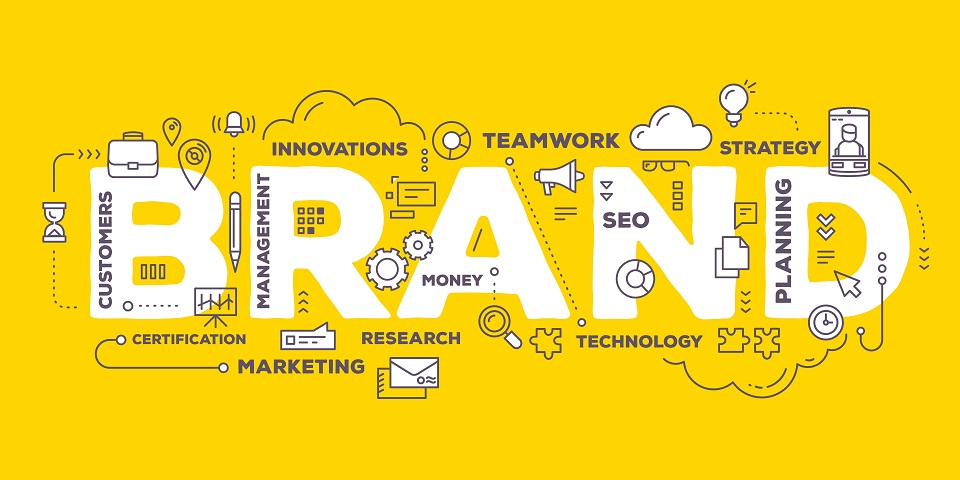
Since Pearman started in 1996 we’ve seen many changes in the advertising world;
- 1996: the internet was a few years old and just starting to gain momentum
- 2000’s: media consumption began to rapidly fragment
- 2010’s: advertising became captivated with Digital
- 2013: ‘Data’ started becoming the next big thing
Over these 20 or so years there has been a substantial shift in annual advertising budgets from Brand (long term marketing) to a direct response focus (short term marketing). This is driven by a significant shortening of marketing reporting cycles even though business leaders know short term focus is bad for business.
It now seems as though ‘Branding’ is making a comeback based on the recent Sydney Adweek. The Financial Times presented their ‘Importance of Branding’ study having interviewed 500 readers in the C-suite & marketing fields. While Mark Ritson’s talk was answering the question, ‘what drives effective branding?’ He reviewed around 6,000 Effie awards (https://www.effie.org/) to determine an answer. In addition, we have been hearing from our overseas contacts that more clients are talking about ‘Branding’.
The Financial Times research found 83% of business leaders believe Brands continually deliver to the bottom line. However they also pointed out that only 27% of company boards had ‘brand health’ as a KPI. Perhaps one of the biggest issues threatening Brands today is the job tenure of CEOs, CMOs and ad agencies as it is substantially shorter than years gone by. This means each brand is being looked after by many more custodians and it doesn’t take too much to pull a brand off course if people with differing ideas get in control.
Both the Financial Times and Ritson suggested companies ideally should have campaigns with two distinct advertising objectives – short term & long term. The short term objective (eg. sales uplift) covers the direct response and helps to fund the long term objective of building the brand (thereby helping long term sales growth, reduced price sensitivity, emotional connection, etc).
The studies also reinforced a Brand’s creative message is pivotal to the effectiveness of marketing communications campaigns. A company with consistent strong creative generates and holds customers going far beyond the functional benefits of the product to the emotional triggers (think Old Spice, “I’m on a horse”).
A company’s Brand is clearly worth a great deal with the Financial Times’ study showing ‘brand’ contributes 25% of most company’s intangible assets. Interestingly, over 80% of the market value of the S&P 500 businesses is made up of intangible assets such as Brand, Goodwill, Patents & future earnings. As an example, Apple has an approximate market value of $900 billion, with tangible assets (property, plant, equipment, etc) being $100 billion and intangible being $800 billion. Even with Apple’s enormous annual profit of around $60 billion there is no doubt a huge amount of Apple’s value is in their Brand, not just their future sales.
The Financial Times study addresses what they see as the Board-brand rift and “how business leaders have stopped building brands”. It is an interesting read and ends with recommendations for general management. Please let us know if you want a copy and we can send you the complete research.
WHAT’S NEW IN THE MEDIA – OUTDOOR
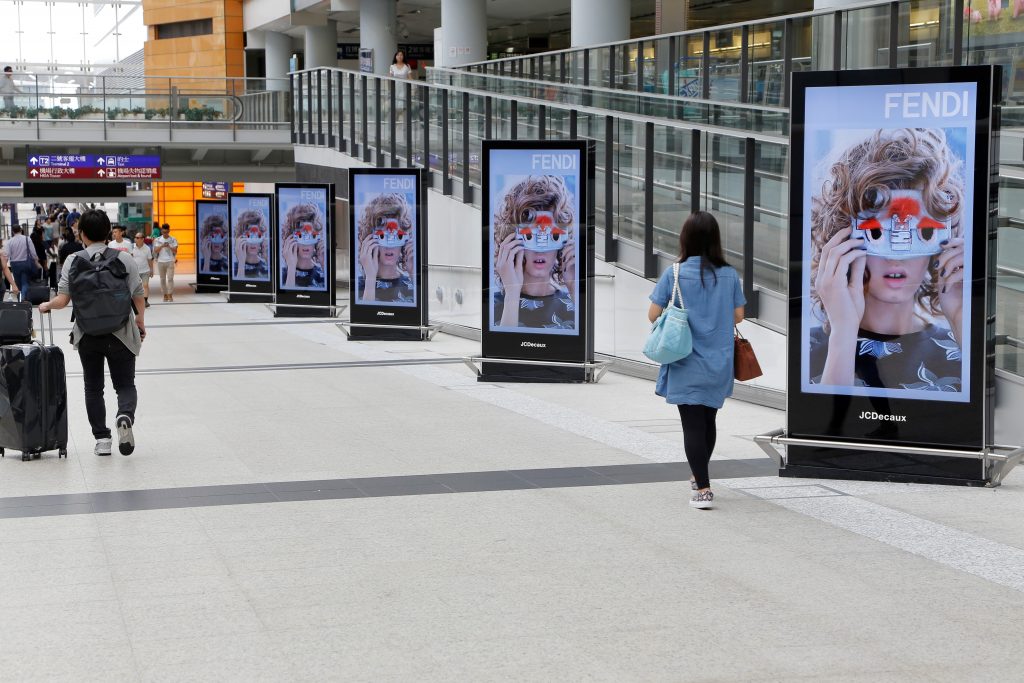
JCDECAUX
JCDecaux are trying to stop the Outdoor industry from giving over inflated discounts of 80-90% off market rate. They have recently finalized a complete overhaul of their digital large format assets which they vow will change the way agencies buy billboards. Their “market rate” cost for each site has been slashed based on a subjective quality and value of the site. Each site has a more realistic market rate and as a result discounts will become much more modest (around 8-12%). They plan to re-educate the industry and encourage media buyers to review sites and rates based on a cost per minute and cost per thousand metrics as opposed to inflated discounts. Beyond this, they have also reduced share of voice ad rotation from 1 in 10 advertisers, to 1 in 6, which they believe with increase viewability and total contacts by +67%. They will also implement category exclusivity for each billboard. This new way of trading will take effect from September 2019.
DIGITAL UPDATE
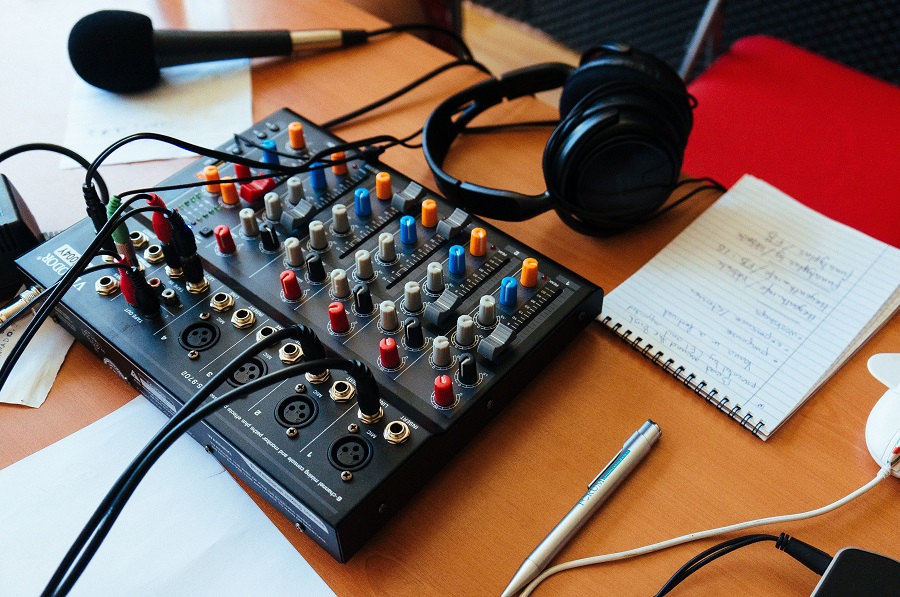
TO POD OR NOT TO PODCAST
In the past 2 weeks we’ve dived head first into the world of Podcasting. Seminars, meetings and our Head of Digital (Lex) even appeared in a podcast as a guest speaker, albeit on his favourite subject, Basketball.
Podcasting was previously know as “audioblogging” and dates back to the 1980s. Podcasts generally last for around 20 minutes to an hour and can be listened to when you’re connected to the internet or downloaded and listened to later.
Advertising opportunities on Podcasts are generally;
15/30 second ads: These appear mostly either at the beginning or during the podcast
Generous Host Read: a 1-5 minute long endorsement of the advertiser’s product or service where the podcaster will create a narrative around their affinity with the product. Usually accompanied by sponsorship of the podcast.
Host Read: a 30 second live read by the host.
Podcasts can be made by anyone with a passion and a microphone which means there is a massive long tail of podcasts with an average of 30-50 listeners. However the commercially viable podcasts have 50-80 thousand listeners a podcast. (Such as Mammamia’s suite of podcasts).
Around 1.7million Australian’s downloaded Podcasts in the last 4 weeks and they were predominantly aged 25-44. The major benefit for Podcasts are their ability to target particular audiences based on their content. From an advertiser point of view we need to ask what impact that alignment can make and is the cost worthwhile. Based on a cost to reach 1,000 people, a 30 second ad on a Podcast can be approximately 20-50x more expensive than reaching them on Radio. Besides cost, the other barrier is we cannot control when the advertising will be heard. Measurement of people listening whilst connected online is simple but it is much harder when the podcast is downloaded and listened to at a later date.
Podcasts are very much an “environment” buy and can be helpful for branding as long as the price is not prohibitive.
SMI UPDATE
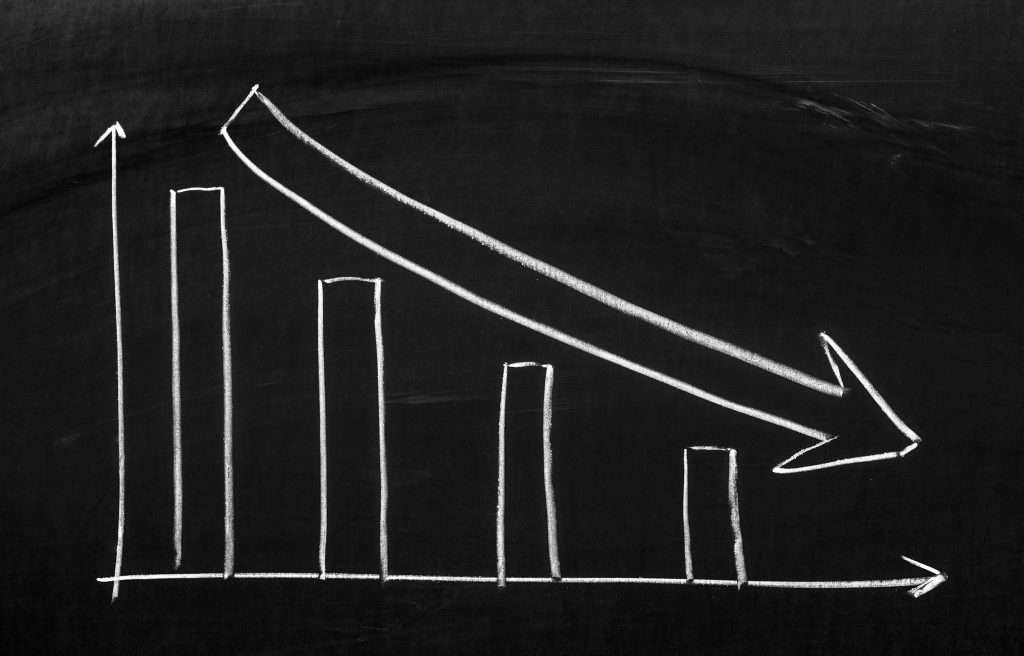
Any hope of an advertising recovery in May & June has been obliterated by the latest interim July’19 expenditure data released yesterday. Jul’19 spend is down a whopping -17% compared to Jul’18, excluding late Digital and other bookings.
Even once those late bookings are included we are possibly looking at a decline of ad spend in excess of 10% for the month. The last time Australia had a double digit monthly decline was 7 years ago in Aug’12 when it was -11%.
All media have suffered greatly in Jul’19. The ‘interim’ declines for Jul’19 vs Jul’18 are TV (-10.7%), Digital (-31.5%), Outdoor (-16.5%), Radio (-11.2%), Newspapers (-16.1%), Magazines (-31.5%). Cinema bucked the trend with a 47.7% increase in ad spend for the month of July.
FAST FACTS
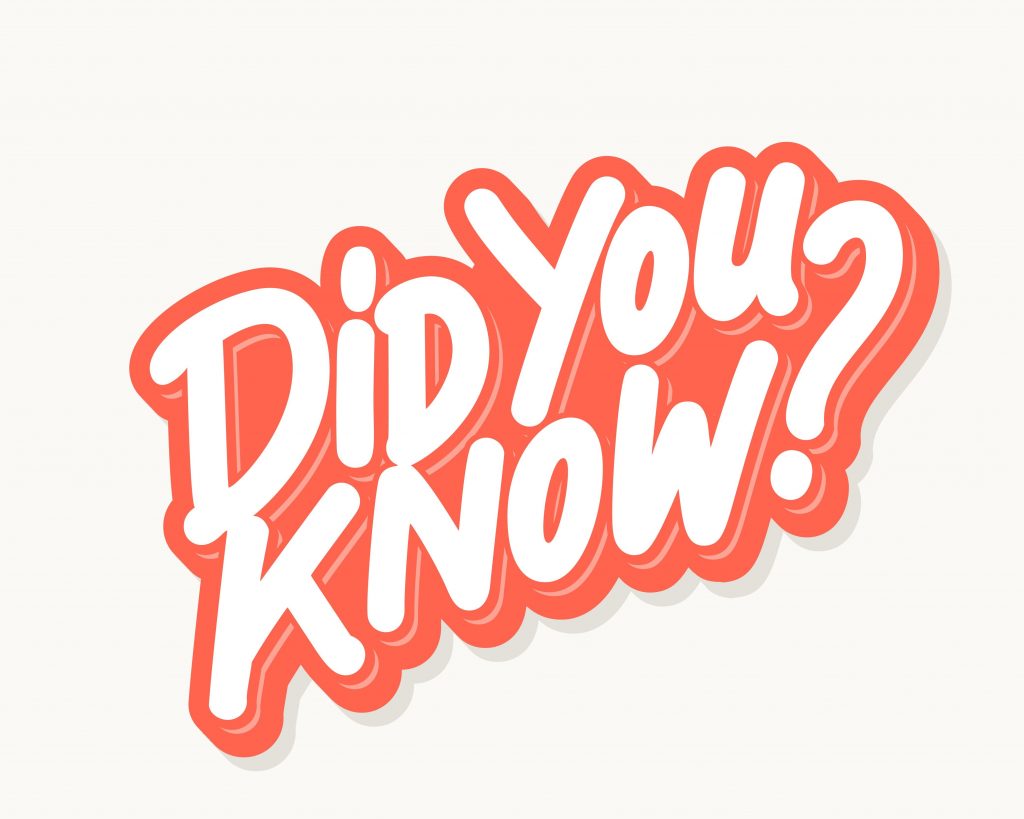
- 6pm News (on Seven or Nine) continues to regularly be the highest rating program on TV each night
- Google Maps (AR) – now literally puts you in the street as you walk along https://www.youtube.com/watch?v=3u9dt_WhsLI&feature=youtu.be&t=14
- Fathers Day 1st September: Australia has 4.6mil Dads (2.5mil should get socks & jocks as they have kids U18 at home)
- Is home ownership more difficult now than it was for your parents? In 1976 home ownership was 68.4%, in 2016 it was 67.1% (Census data)
- SBS has 9.1% audience share vs 7,9 & 10 but for BVOD they punch massively above their weight with a 32.8% share.
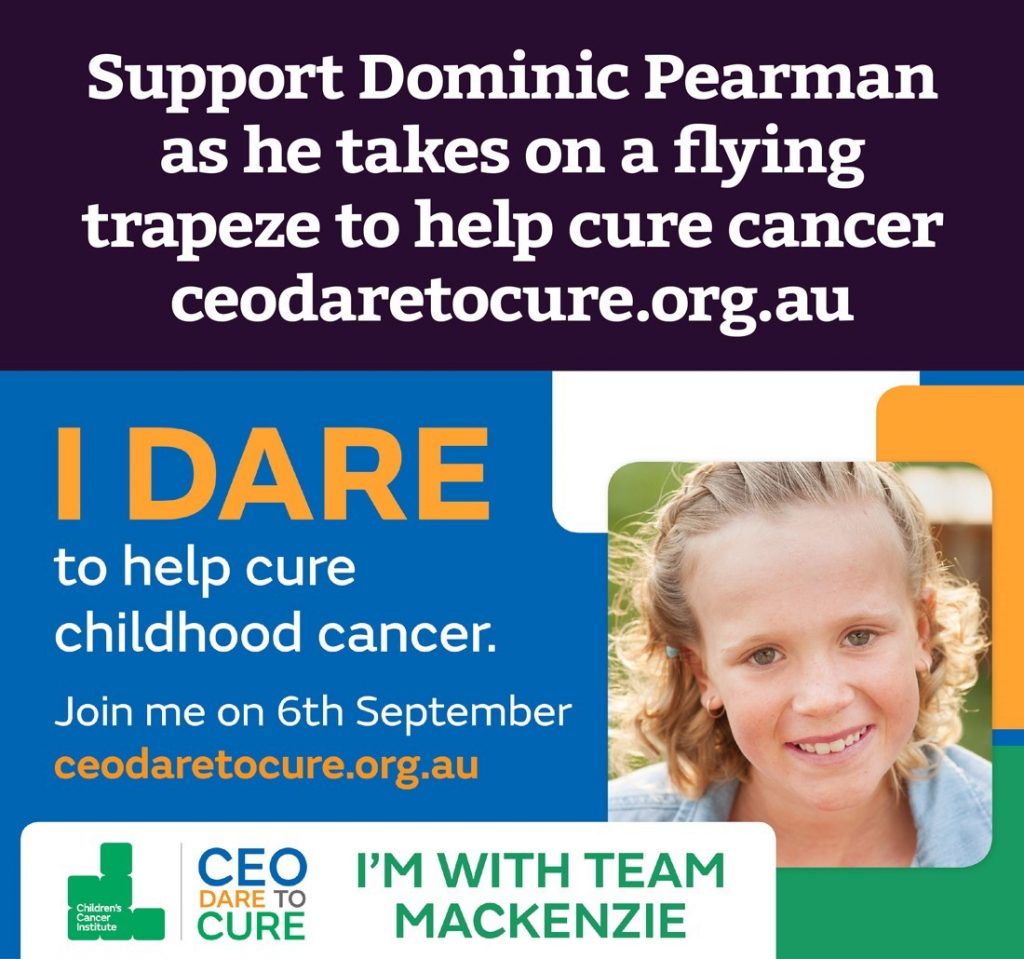
https://www.ceodaretocure.org.au/my-fundraising/donate/20/dominic-pearman
